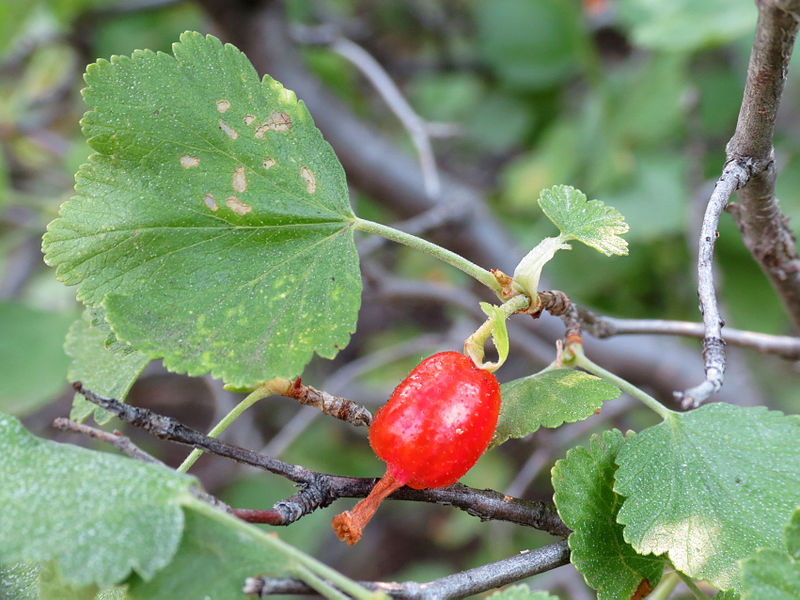
Wax Currant Facts
- Most notably, the rather appealing term Wax Currant serves as the most used common name for the Ribes cerum. However, the rather surprising plant also goes by other common names. But the best known one remains squaw currant. A subspecies also exists that goes by the common name of the whiskey currant.
- First of all, this particular plant inhabits a comparatively large habitat range, at least compared to other plants of its type. This most fortunate fact provides it with a definite advantage over some related species. Thankfully, due to its extensive range, it does not yet appear on the IUCN Red List of Threatened Species.
- In addition, modern scientists did not describe the fascinating plant until the year 1830. However, many Native American tribes knew of its existence for centuries prior to this. The Zuni people especially made use of it, consuming both the numerous, brightly colored berries and the leaves, as well.
Related Articles
Wax Currant Physical Description
Firstly, the surprising Wax Currant remains a highly variable plant, at least in terms of physical size. That’s because, depending upon location and climate, this fascinating shrub attains a broad range of overall sizes and shapes.
Individual specimens range in overall height from as little as 8 in (20 cm) to as tall as 6.7 ft (2 m). This holds true primarily due to the fact that it develops either a vertical or a spreading shape. Further, the local conditions typically determine which shape it takes.
Also, the short stems often have a fuzzy covering, and a complete lack of spines or prickles. Additionally, the leaves have a rounded shape, and typically display serrated edges. But, these also vary in texture, from totally hairless to quite fuzzy in nature.
In addition, the small, tubular-shaped flowers appear in bunches. These usually appear in groupings of 2-9 flowers. These also possess a richly aromatic, spicy scent. Finally, the small, tasteless fruit develops as bright red in color, measuring an average of about 0.4 in (1.02 cm) in diameter.
- Kingdom: Plantae
- Phylum: Tracheophytes
- Class: Angiosperms
- Order: Saxifragales
- Family: Grossulariaceae
- Genus: Ribes
- Species: R. cereum
Wax Currant Distribution, Habitat, and Ecology
The awesome Wax Currant evolved as endemic to a rather wide swathe of the western portion of North America. This quite extensive range roughly begins in British Columbia, in Canada, and extends through the states of Washington, Oregon, and California, in the United States. It also inhabits a few states further east from there.
However, this unassuming seeming species has an extremely versatile nature. Because of this extreme adaptability, it inhabits numerous types of habitat. These include alpine regions, mountain forests, woodlands, and even areas of sagebrush.
Furthermore, the remarkable shrub also grows well in varying types of soil. This flexibility only serves to add to its adaptive capabilities. These even include such normally inhospitable types as serpentine soils, sandy areas, clay rich soils, and even old lava beds.
Species Sharing Its Range
Check out our other articles on Earth’s Many Mesmerizing Cephalopods, Bee Hummingbird, Neptune’s Grotto, White Spotted Puffer, Panda Dolphin, Gray’s Leaf Insect, Hermann’s Tortoise
